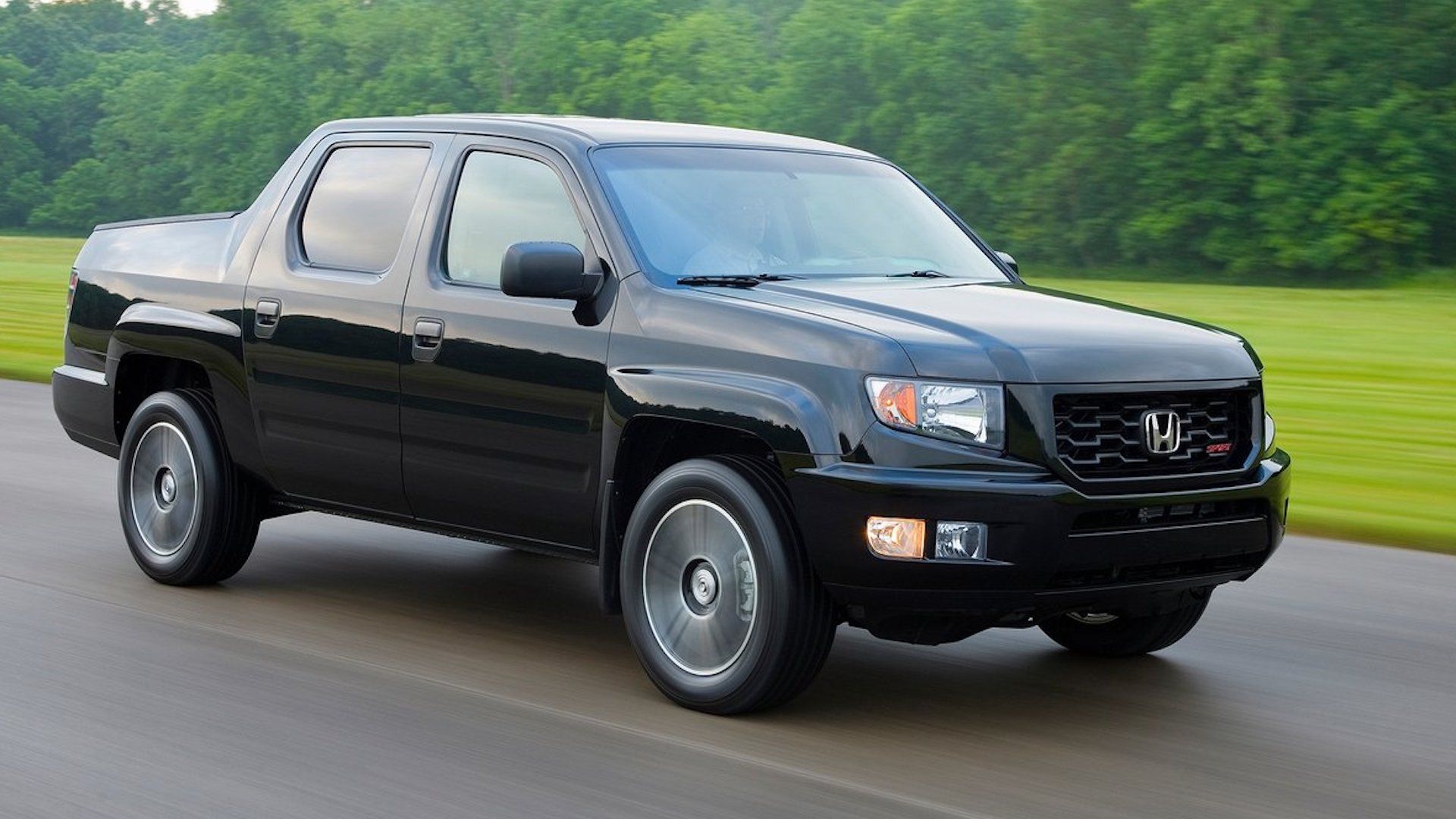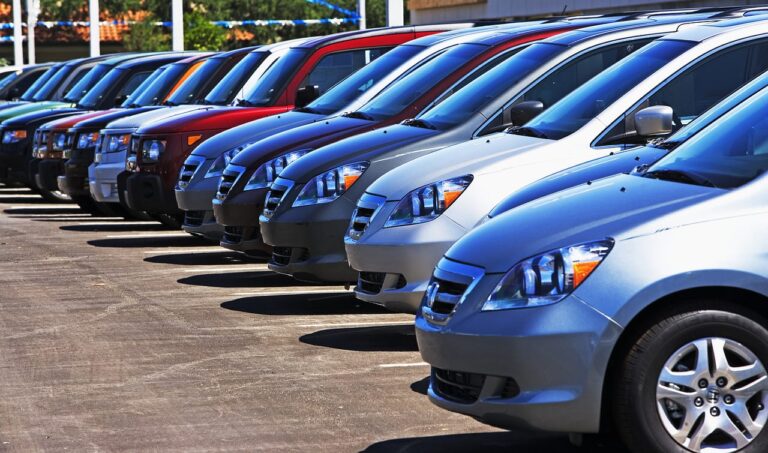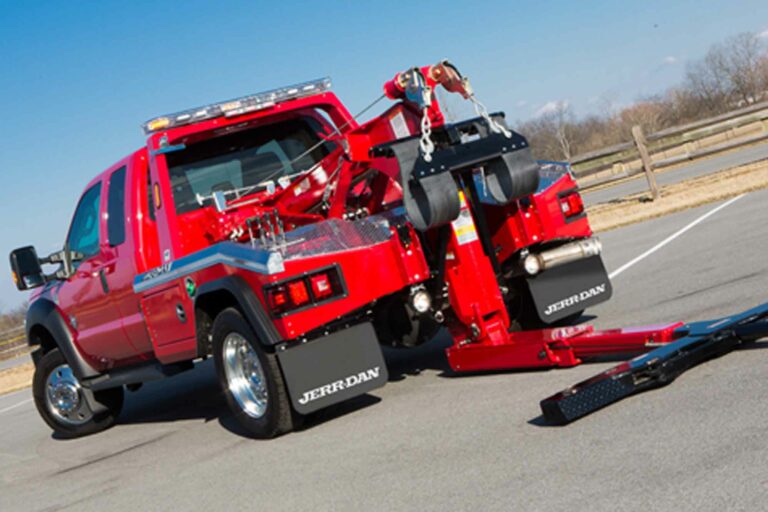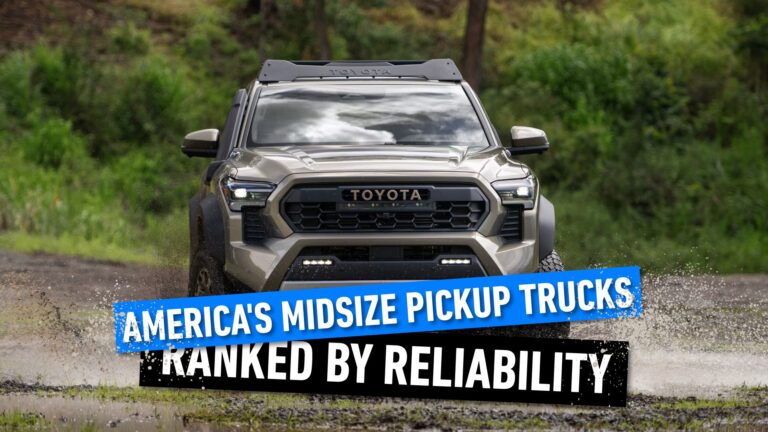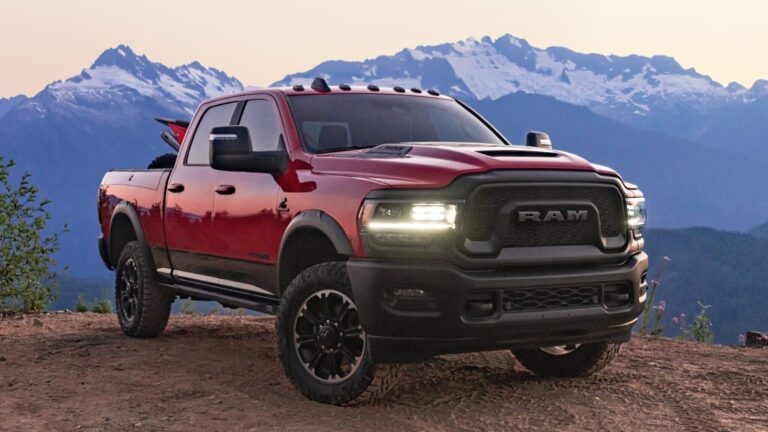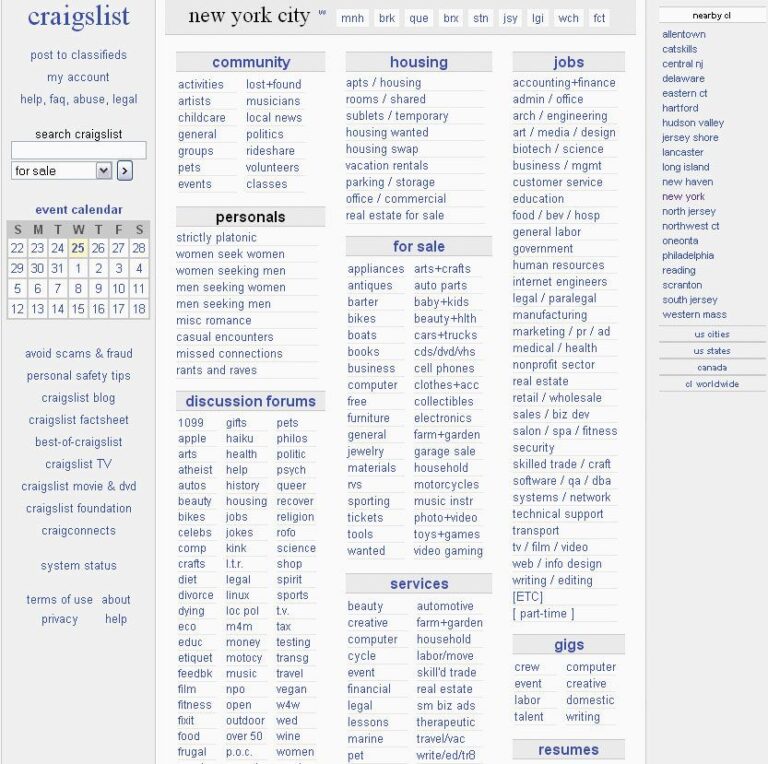Used Honda Ridgeline Pickup Trucks For Sale: Your Comprehensive Buying Guide
Used Honda Ridgeline Pickup Trucks For Sale: Your Comprehensive Buying Guide cars.truckstrend.com
In a world dominated by traditional body-on-frame pickups, the Honda Ridgeline has always dared to be different. Since its debut, it has carved out a unique niche, blending the robust utility of a truck with the refined comfort and driving dynamics of an SUV. For many, a used Honda Ridgeline represents an intelligent purchase, offering exceptional value, renowned Honda reliability, and a level of versatility that few other vehicles can match.
This comprehensive guide is designed to be your go-to resource when exploring the market for a used Honda Ridgeline. We’ll delve into why these trucks are a smart investment, what to look for across their distinct generations, crucial inspection points, pricing considerations, and answer some of the most frequently asked questions, empowering you to make an informed and confident purchase.
Used Honda Ridgeline Pickup Trucks For Sale: Your Comprehensive Buying Guide
Why Choose a Used Honda Ridgeline? The Undeniable Benefits
The Honda Ridgeline stands apart, and its unique design translates into a host of benefits that make it an attractive option on the used market:
- Unmatched Honda Reliability and Durability: Honda’s reputation for building long-lasting, dependable vehicles precedes it, and the Ridgeline is no exception. With proper maintenance, these trucks are known to achieve impressive mileage, offering years of trouble-free service. This inherent reliability significantly reduces the risk associated with buying a used vehicle.
- Superior Ride Comfort and Handling: Unlike conventional trucks, the Ridgeline employs a unibody construction, sharing its platform with popular Honda SUVs like the Pilot and Passport. This design results in a car-like ride quality, exceptional handling, and a quieter cabin, making it incredibly comfortable for daily commutes and long road trips – a stark contrast to the often harsh ride of traditional pickups.
- Innovative Versatility and Practicality: The Ridgeline is packed with clever features designed to enhance utility without compromising comfort. The lockable, watertight In-Bed Trunk® offers secure storage away from the elements, while the Dual-Action Tailgate™ can open down like a traditional tailgate or swing open sideways for easier bed access. Its spacious interior comfortably seats five adults, and the rear seats can fold up to create additional cargo space inside the cabin.
- Enhanced Safety Features: Honda prioritizes safety, and the Ridgeline typically earns top marks in crash tests. Many used models, particularly second-generation ones, come equipped with Honda Sensing® suite of safety and driver-assistive technologies, including adaptive cruise control, lane-keeping assist, and collision mitigation braking.
- Practical Fuel Efficiency: While it’s still a truck, the Ridgeline often boasts better fuel economy ratings than many traditional mid-size and full-size truck competitors, thanks to its lighter unibody construction and efficient V6 engine. This can lead to significant savings at the pump over time.
- Strong Resale Value: Honda vehicles generally hold their value well, and the Ridgeline is no exception. While this means you might pay a bit more upfront for a used model, it also indicates a solid investment that will retain its worth should you decide to sell it down the line.

Generations of the Honda Ridgeline: What to Look For
The Honda Ridgeline has evolved through two distinct generations, each offering unique characteristics and appeals. Understanding these differences is crucial for finding the right truck for your needs.
First Generation (2006 – 2014)
:max_bytes(150000):strip_icc()/ats_design_ridgeline-56b7f4315f9b5829f83d071f.jpg)
The original Ridgeline, often recognized by its distinctive sloped bed walls and flying buttress design, was a true pioneer.
- Key Features: Powered by a 3.5-liter SOHC V6 engine producing 247 horsepower (later 250 hp) paired with a 5-speed automatic transmission. It came standard with Honda’s Variable Torque Management 4-wheel drive (VTM-4) system, which was capable of sending power to the rear wheels when slippage was detected. It featured the innovative In-Bed Trunk® and Dual-Action Tailgate™.
- Pros: Robust and proven powertrain, excellent reliability, unique styling, spacious interior, and all the signature Ridgeline innovations. Generally more affordable on the used market.
- Cons: Fuel economy is not as good as the second generation, older infotainment technology, the 5-speed transmission can feel dated. Some models may exhibit rust around the rear fenders and undercarriage, particularly in regions with harsh winters.
- What to Look For: Ensure the timing belt service (typically due around 105,000 miles) has been performed, as this is a critical and somewhat costly maintenance item. Check for rust, especially on the frame and rear wheel wells. Verify VTM-4 fluid changes have been done regularly.

Second Generation (2017 – Present)
After a brief hiatus, the Ridgeline returned with a more conventional truck aesthetic, but retained its unibody soul and innovative features.
- Key Features: Powered by a more powerful and efficient 3.5-liter EarthDreams V6 engine producing 280 horsepower, paired with a 6-speed automatic transmission (2017-2019) or a 9-speed automatic transmission (2020+). It features updated styling, improved aerodynamics, and a host of modern technology, including Apple CarPlay/Android Auto integration. AWD was standard on all trims until 2021, when a FWD option was introduced for the base model.
- Pros: More refined ride, better fuel economy, stronger engine, modern technology, more conventional truck styling appeals to a broader audience, and significantly improved interior quality.
- Cons: Higher price point on the used market. Early models with the 9-speed transmission (2020+) might have had minor software updates to smooth shifting (though generally resolved).
- What to Look For: Ensure all recall services (if any) have been performed. Check for proper function of all infotainment and safety features. Inspect for typical wear and tear on the interior, especially on higher-trim models with leather.
What to Look For When Buying a Used Ridgeline: A Practical Inspection Guide
Purchasing a used vehicle requires diligence. Here’s a checklist of what to inspect when considering a used Honda Ridgeline:
-
Mechanical Inspection:
- Engine: Listen for unusual noises (knocking, ticking), check for leaks (oil, coolant), and ensure the engine idles smoothly. Check the oil color and level.
- Transmission: During a test drive, ensure shifts are smooth, without hesitation or clunking. Check for transmission fluid leaks (should be reddish, not dark brown or black).
- Brakes: Test for firm pedal feel, no pulsing or grinding during braking. Inspect brake pads and rotors.
- Suspension: Drive over bumps and listen for clunks or squeaks. Check for excessive bouncing or leaning in turns.
- Tires: Inspect tire tread depth and even wear. Uneven wear can indicate alignment issues or worn suspension components.
-
Body and Frame Inspection:
- Rust: This is particularly important for first-generation models, especially in areas where salt is used on roads. Check the frame, rocker panels, wheel wells, and bed. Surface rust is manageable, but extensive rust indicates a problem.
- Dents, Scratches, and Paint Condition: Look for inconsistencies in paint color or texture, which could indicate prior accident repairs. Check panel gaps to ensure they are even.
- Undercarriage: Look for any signs of damage from off-roading or large impacts.
-
Interior Condition:
- Upholstery: Check for rips, tears, stains, and excessive wear on seats, carpets, and headliner.
- Electronics: Test all power windows, locks, mirrors, radio, navigation, climate control, and charging ports. Ensure all dashboard warning lights illuminate and then turn off as they should.
- HVAC: Test both heating and air conditioning functions to ensure they blow cold and hot air effectively.
- In-Bed Trunk® and Tailgate: Verify the In-Bed Trunk® opens, closes, and locks properly, and is watertight. Test the Dual-Action Tailgate™ to ensure it swings both ways smoothly.
-
Service History and Documentation:
- Maintenance Records: This is perhaps the most crucial element. A well-documented service history indicates a conscientious owner. Look for regular oil changes, fluid flushes (transmission, VTM-4), and major services like timing belt replacement (first gen).
- VIN Check: Run a Vehicle Identification Number (VIN) check through services like CarFax or AutoCheck. This will reveal accident history, salvage titles, odometer discrepancies, and past ownership.
-
Test Drive:
- Drive the Ridgeline on various road types (city, highway, bumpy roads) at different speeds.
- Pay attention to acceleration, braking, steering responsiveness, and overall handling.
- Listen for any unusual noises (whining, grinding, clunking) from the engine, transmission, or suspension.
- Test all gears, including reverse.
- Ensure the climate control system works effectively.
Pricing Your Used Ridgeline: Factors and Research Tools
The price of a used Honda Ridgeline can vary significantly based on several factors:
- Generation: First-generation models will generally be much more affordable than second-generation ones.
- Model Year: Newer models within each generation command higher prices.
- Mileage: Lower mileage typically means a higher price, assuming good condition.
- Trim Level: Higher trim levels (e.g., RTL-E, Black Edition, Touring) with more features will be more expensive than base models (e.g., RT, Sport).
- Condition: A well-maintained vehicle in excellent cosmetic and mechanical condition will fetch a premium.
- Location: Prices can vary regionally based on demand and supply.
- FWD vs. AWD (Second Gen): AWD models are generally more desirable and thus slightly more expensive than FWD ones introduced in 2021+.
Research Tools:
- Kelley Blue Book (KBB.com): Provides fair market range estimates based on year, mileage, condition, and location.
- Edmunds.com: Offers similar pricing tools and expert reviews.
- NADA Guides (NADAguides.com): Another reliable source for vehicle valuations.
- Local Dealership Websites & Online Marketplaces (Autotrader, Cars.com, Facebook Marketplace): Browse current listings to get a feel for real-world prices in your area.
Negotiation Tips:
- Be Prepared: Know the market value and bring any inspection findings or service history gaps to the table.
- Be Patient: Don’t rush into a purchase. There are many Ridgelines on the market.
- Walk Away if Necessary: If you feel pressured or the deal doesn’t feel right, be prepared to walk away.
Common Issues and Solutions for Used Ridgelines
While Ridgelines are known for reliability, no vehicle is entirely without potential issues. Knowing what to look for can help you avoid surprises:
- First Generation (2006-2014):
- Timing Belt: As mentioned, the 3.5L V6 engine requires a timing belt replacement around 105,000 miles. This is a significant expense ($800-$1500), so ensure it has been done or factor it into your offer if it’s due.
- Rust: Especially in salt-belt states, inspect the rear fender wells, subframe, and undercarriage thoroughly. Surface rust can be treated, but deep structural rust is a deal-breaker.
- VTM-4 Fluid Changes: The VTM-4 rear differential fluid needs regular changes (every 30,000-60,000 miles, or more frequently with heavy use). Neglecting this can lead to noise or wear.
- Second Generation (2017-Present):
- Infotainment Glitches: Early models might have had minor software quirks with the infotainment system. Most of these were resolved with updates. Ensure everything functions smoothly.
- 9-Speed Transmission (2020+): While generally good, some early 9-speed units had minor software updates to refine shifting. A test drive should reveal any issues.
- General:
- Battery Life: Check the age of the battery.
- Tire Wear: Uneven tire wear can point to alignment issues or suspension problems.
- Fluid Leaks: Always check for any visible fluid leaks under the vehicle.
The best solution to most potential issues is consistent and proactive maintenance. A well-maintained Ridgeline is likely to serve you faithfully for many years.
Estimated Price Table for Used Honda Ridgeline Pickup Trucks
Prices are highly dependent on condition, mileage, trim, and location. The ranges below are estimates for vehicles in good, running condition. Always consult specific valuation tools and local listings for precise figures.
| Generation | Model Years | Estimated Price Range (Low) | Estimated Price Range (High) | Key Features/Notes |
|---|---|---|---|---|
| First Gen | 2006-2011 | $6,000 | $12,000 | Distinctive styling, 5-speed auto, timing belt check critical. |
| 2012-2014 | $8,000 | $15,000 | Later first-gen models, slightly updated. | |
| Second Gen | 2017-2019 | $20,000 | $30,000 | Return of the Ridgeline, 6-speed auto, modern tech. |
| 2020-2022 | $25,000 | $38,000 | 9-speed auto (2020+), updated styling, more features. | |
| 2023-Present (Used) | $32,000 | $45,000+ | Latest models, premium pricing. |
Note: Prices are highly variable. These are general estimates and should be verified with current market data.
Frequently Asked Questions (FAQ) About Used Honda Ridgeline Pickup Trucks
Q1: Is the Honda Ridgeline a "real" truck?
A1: This is a common debate. While it uses a unibody construction (like an SUV) rather than a traditional body-on-frame (like most trucks), it offers truck capabilities such as a bed, towing capacity, and payload. It’s a "real" truck for light-to-medium duty work, excellent for most homeowner needs, outdoor enthusiasts, and daily driving comfort. It might not suit heavy-duty commercial hauling or extreme off-roading like some traditional trucks.
Q2: What is the towing capacity of a Honda Ridgeline?
A2: For both generations, the towing capacity is generally around 5,000 pounds when properly equipped. This is sufficient for small boats, ATVs, utility trailers, or lightweight travel trailers. Always check the specific model year’s owner’s manual for exact figures and ensure your vehicle has the necessary towing package.
Q3: Is AWD standard on all Ridgelines?
A3: For the first generation (2006-2014), all Ridgelines came standard with Honda’s VTM-4 all-wheel-drive system. For the second generation, AWD was standard from 2017-2020. Starting in 2021, a front-wheel-drive (FWD) option was introduced for the base Sport trim, with AWD remaining standard on higher trims.
Q4: How long do Honda Ridgelines typically last?
A4: With proper and consistent maintenance, many Honda Ridgelines are known to last well over 200,000 miles, and some even reach 300,000 miles. Their robust engineering contributes significantly to their longevity.
Q5: Are parts and maintenance expensive for a Ridgeline?
A5: Generally, no. As a Honda, parts are readily available and often more affordable than those for some domestic or luxury truck brands. Routine maintenance costs are also on par with other Honda SUVs like the Pilot. The most significant maintenance cost for the first generation is the timing belt replacement around 105,000 miles.
Q6: What’s the best year to buy a used Ridgeline?
A6: This depends on your budget and priorities.
- Best Value: First-generation models (2006-2014) offer excellent value and reliability at a lower price point, provided you find one with good service history and minimal rust.
- Modern Features & Comfort: Second-generation models (2017+) provide a more refined driving experience, better fuel economy, and modern technology. Newer models within this generation will offer the latest features but come at a higher price.
Conclusion: Your Reliable Partner on the Road
The used Honda Ridgeline stands as a testament to intelligent engineering and practical design. It’s a versatile, reliable, and comfortable vehicle that skillfully bridges the gap between a traditional pickup and a family SUV. By understanding its unique attributes, knowing what to look for across its generations, and conducting a thorough inspection, you can confidently navigate the used market and find a Ridgeline that perfectly suits your lifestyle and budget.
Whether you need a capable hauler for weekend projects, a comfortable commuter for the daily grind, or a safe and spacious vehicle for family adventures, a used Honda Ridgeline offers an compelling package of utility, comfort, and renowned Honda dependability. It’s more than just a truck; it’s a smart investment in versatile mobility.
